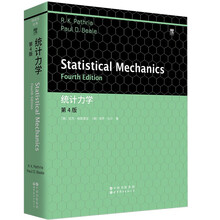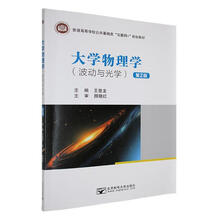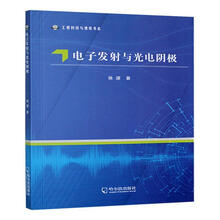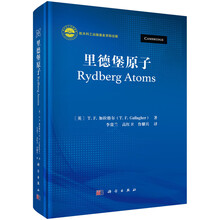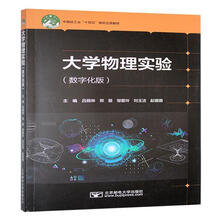Preface
1 The Lorentz group and its representations
1.1 Generators of the Lorentz group
1.2 Two-by-two representation of the Lorentz group
1.3 Representations based on harmonic oscillators
References
2 Wigner's little groups for internal space-time symmetries
2.1 Euler decomposition of Wigner's little group
2.2 The O(3)-like little group for massive particles
2.3 The E(2)-like little group for massless particles
2.4 The 0(2,1)-like little group for imaginary-mass particles
2.5 Summary
References
3 Two-by-two representations of Wigner's little groups
3.1 Representations of Wigner's little groups
3.2 Lorentz completion of the little groups
3.3 Bargmann and Wigner decompositions
3.4 Conjugate transformations
3.5 Polarization of massless neutrinos
3.6 Scalars, four-vectors, and four-tensors
3.6.1 Four-vectors
3.6.2 Second-rank tensor
References
4 One little group 'with three branches
4.1 One expression with three branches
4.2 Classical damped oscillators
4.3 Little groups in the light-cone coordinate system
4.4 Lorentz completion in the light-cone coordinate system
References
5 Lorentz-covariant harmonic oscillators
5.1 Dirac's plan to construct Lorentz-covariant quantum mechanics
5.2 Dirac's forms of relativistic dynamics
5.3 Running waves and standing waves
5.4 Little groups for relativistic extended particles
5.5 Further properties of covafiant oscillator wave functions
5.6 Lorentz contraction of harmonic oscillators
5.7 Feynman's rest of the Universe
References
6 Quarks and partons in the Lorentz-covariant world
6.1 Lorentz-covariant quark model
6.2 Feynman's parton picture
6.3 Proton structure function
6.4 Proton form factor and Lorentz coherence
6.5 Coherence in momentum-energy space
6.6 Hadronic temperature and boiling quarks
References
7 Coupled oscillators and squeezed states of light
7.1 Two coupled oscillators
7.2 Squeezed states of light
7.3 0(3,2) symmetry from Dirac's coupled oscillators
7.4 0(3,3) symmetry from Dirac matrices
7.5 Non-canonical transformations in quantum mechanics
7.6 Entropy and the expanding Wigner phase space
References
8 Lorentz group in ray optics
8.1 Group of ABCD-matrices
8.2 Equi-diagonalization of the ABCD-matrix
8.3 Decomposition of the ABCD-matrix
8.4 Laser cavities
8.5 Multilayer optics
8.6 Camera optics
References
9 Polarization optics
9.1 Jones vectors
9.2 Squeeze and phase shift
9.3 Rotation of the polarization axes
9.4 Optical activities
References
10 Poincare sphere
10.1 Coherency matrix
10.2 Entropy problem
10.3 Symmetries derivable from the Poincare sphere
10.4 0(3,2) symmetry
References
编辑手记
展开

